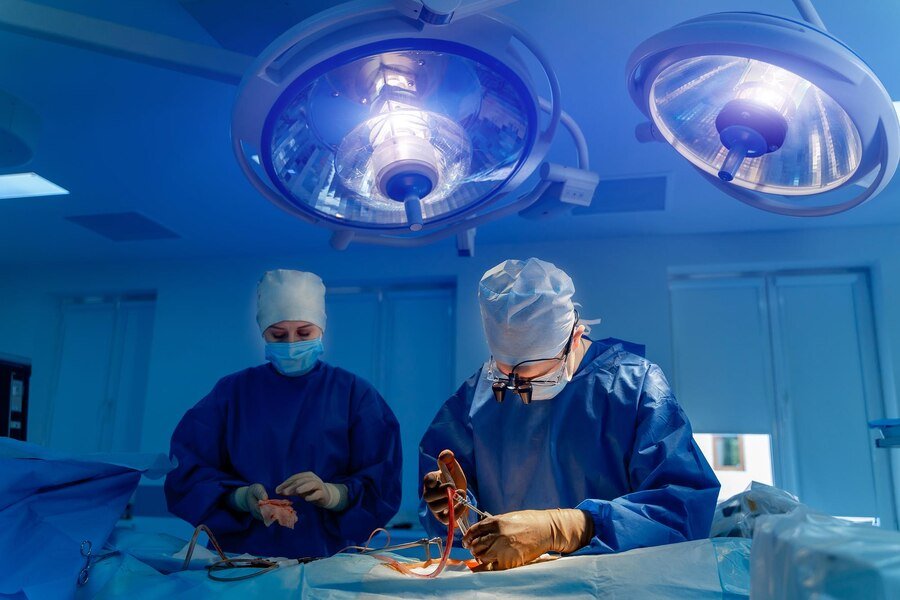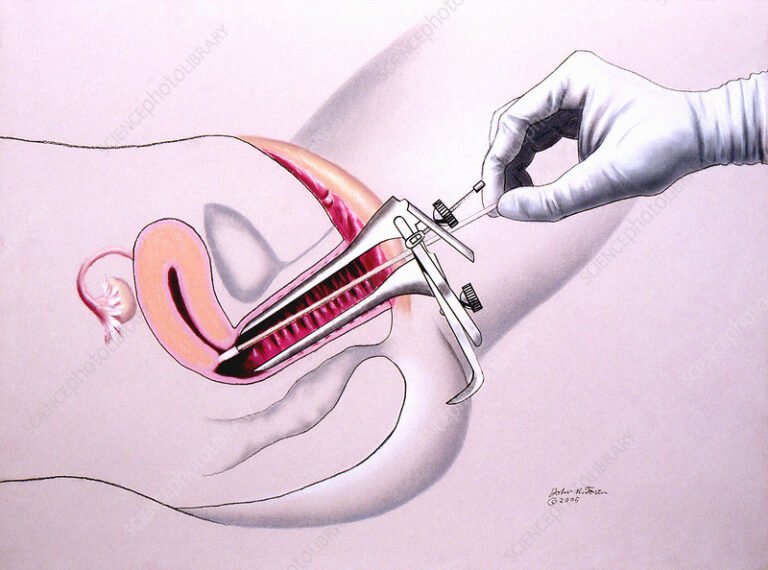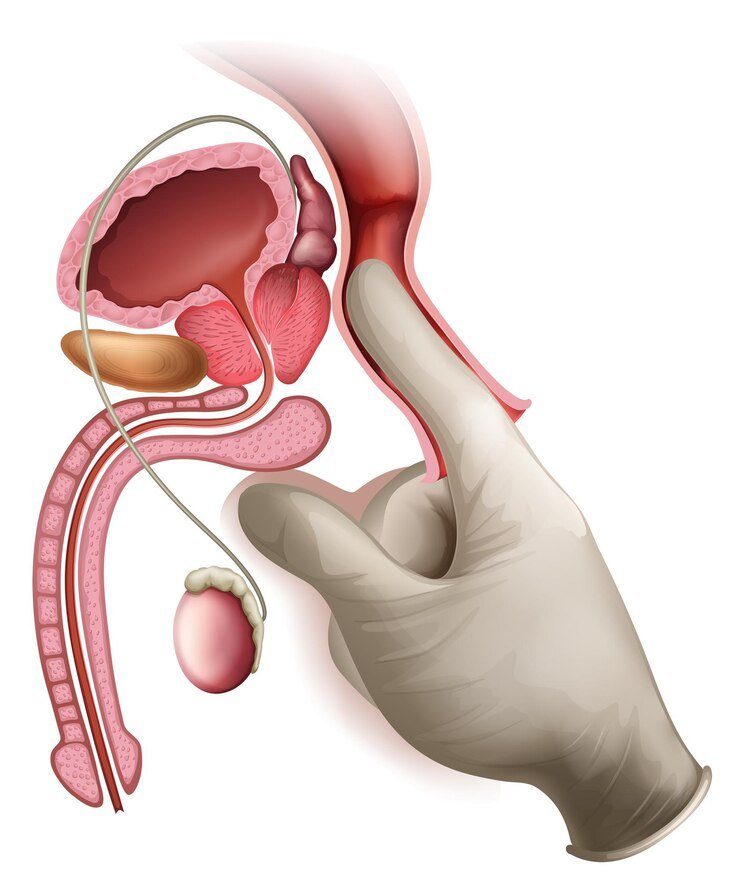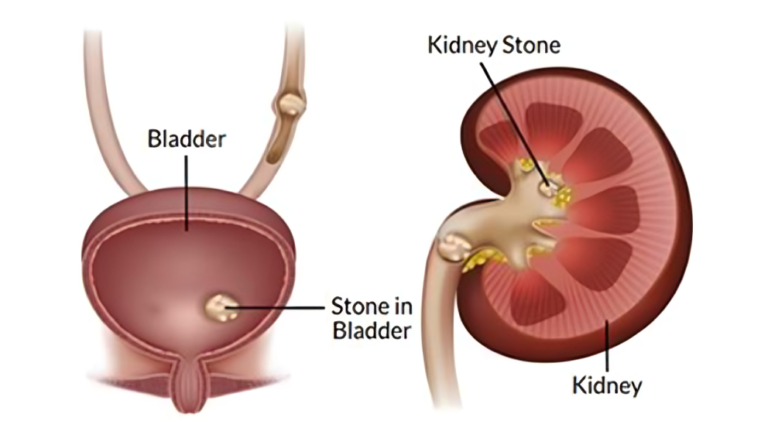Evolution Of Laparoscopic Surgery: From Conception To Mainstream Practice
Laparoscopic surgery, often known as minimally invasive surgery (MIS), has transformed the area of surgical medicine since its introduction. Its journey from a novel concept to a mainstream practice has been marked by innovation, perseverance, and transformative advancements. In this article, we delve into the evolution of laparoscopic surgery, tracing its roots, milestones, and the profound impact it has had on modern surgical techniques and patient care.
To Know More About It Please Click Here
Origins and Early Development
The origins of laparoscopic surgery can be traced back to the early 20th century when pioneering surgeons began experimenting with endoscopic techniques for exploring the abdominal cavity. However, it wasn’t until the 1980s that significant breakthroughs occurred, paving the way for the widespread adoption of laparoscopic procedures.
One of the pivotal moments in the evolution of laparoscopic surgery came in 1985 when French surgeon Dr. Philippe Mouret performed the first laparoscopic cholecystectomy (gallbladder removal) using a technique he developed. This groundbreaking procedure demonstrated the feasibility and potential benefits of minimally invasive approaches in abdominal surgery, sparking interest and enthusiasm within the surgical community.
Advancements and Refinements
Following the success of the initial laparoscopic cholecystectomy, surgeons worldwide began exploring the application of laparoscopic techniques to a wide range of abdominal procedures. Throughout the 1990s and early 2000s, rapid advancements in technology, instrumentation, and surgical techniques further propelled the evolution of laparoscopic surgery.
Innovations such as high-definition cameras, improved laparoscopic instruments, and advanced energy devices enhanced visualization, dexterity, and precision during laparoscopic procedures. Additionally, the development of novel approaches, such as single-incision laparoscopic surgery (SILS) and robotic-assisted laparoscopy, expanded the scope of minimally invasive surgery and provided surgeons with greater flexibility and versatility.
Mainstream Adoption and Clinical Impact
Over the past few decades, laparoscopic surgery has transitioned from a niche technique to the standard of care for many surgical procedures across various specialties. From gastrointestinal and urological surgeries to gynecological and bariatric procedures, laparoscopic techniques have become integral to modern surgical practice.
The widespread adoption of laparoscopic surgery has been driven by its numerous advantages over traditional open surgery, including smaller incisions, reduced postoperative pain, faster recovery times, and improved cosmetic outcomes. Moreover, minimally invasive approaches have been associated with lower rates of complications, such as wound infections, blood loss, and hospital-acquired infections, leading to enhanced patient safety and satisfaction.
To Know More About it Please Click Here
Challenges and Future Directions
While laparoscopic surgery has transformed the landscape of surgical medicine, it is not without challenges. Technical complexity, limited tactile feedback, and a steep learning curve are among the hurdles that surgeons may encounter when transitioning to minimally invasive techniques. However, ongoing education, training, and technological advancements continue to address these challenges and further optimize the practice of laparoscopic surgery.
Looking ahead, the future of laparoscopic surgery holds great promise. Emerging technologies, such as augmented reality, artificial intelligence, and miniaturized instruments, are poised to enhance procedural efficiency, precision, and outcomes. Additionally, the integration of telemedicine and remote surgical assistance platforms may facilitate the dissemination of expertise and enable access to minimally invasive techniques in underserved regions.
Conclusion
The evolution of laparoscopic surgery from its humble beginnings to its status as a cornerstone of modern surgical practice represents a remarkable journey of innovation and perseverance. Its widespread adoption and clinical impact have transformed the way surgeons approach abdominal procedures, offering patients safer, less invasive alternatives and improving overall surgical outcomes. As we continue to push the boundaries of technological innovation and surgical excellence, laparoscopic surgery will undoubtedly remain at the forefront of surgical innovation, shaping the future of patient care for generations to come.
Also, Follow us on Instagram








